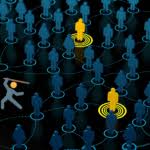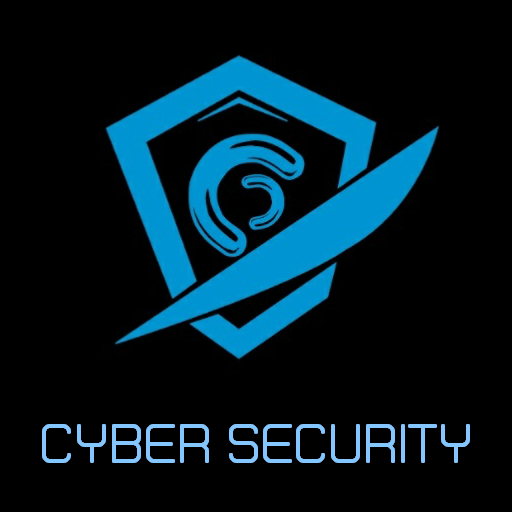Virus, Worm, and Trojan Decoding the Digital Menace.
While the terms are often used interchangeably, virus, worm, and Trojan are distinct types of malicious software (malware), each with its own modus operandi and potential impact. Grasping the nuances between these threats is crucial for anyone who uses a computer, enabling you to better recognize risks and implement effective protective measures.
Let’s break down the key differences between these three common types of malware:
1. Virus: The Parasitic Attacker
Imagine a parasite that needs a host to survive and multiply. That’s essentially the role of a computer virus. A virus is a piece of malicious code that attaches itself to a legitimate file or program, such as an executable (.exe) file or a document. It cannot function or spread on its own.
Key Characteristics of a Virus:
* Requires a host: A virus needs to latch onto a legitimate file to execute.
* User Interaction Needed: It typically spreads when a user unknowingly executes the infected file. This could be opening an infected email attachment, running a compromised software download, or plugging in an infected USB drive.
* Replication: Once activated, the virus replicates by inserting its code into other files on the system, potentially corrupting data and disrupting operations.
* Payload: The virus may contain a variety of payloads, ranging from displaying annoying messages to deleting files or even stealing personal information.
Analogy: A virus is like the common cold; it needs a host (your body) to spread and cause harm.
2. Worm: The Independent Sprinters
Unlike viruses, worms are self-replicating malicious programs that do not require a host file to spread. They are independent and can propagate across networks autonomously, exploiting vulnerabilities in operating systems or applications.
Key Characteristics of a Worm:
* Self-Replicating: Worms can copy themselves and spread automatically without user intervention.
* Network-Based Propagation: They typically exploit network vulnerabilities to spread to other computers on the same network or even across the internet.
* Consumption of Resources: Worms often consume system resources like bandwidth and processing power, leading to sluggish performance and potential network outages.
* Potential Payload: Similar to viruses, worms can carry malicious payloads such as deleting files, stealing data, or installing backdoors for remote access.
Analogy: A worm is like a fast-spreading wildfire, capable of consuming everything in its path without needing anyone to ignite it directly.
3. Trojan: The Deceptive Impostors
Trojans, or Trojan horses, are malicious programs that disguise themselves as legitimate software or files to trick users into installing them. They rely on social engineering tactics to deceive users into willingly downloading and executing them.
Key Characteristics of a Trojan:
* Disguise: Trojans masquerade as legitimate software, such as games, antivirus software, or system updates.
* User Deception: They rely on tricking users into installing them, often through misleading websites, spam emails, or social engineering tactics.
* Hidden Malicious Activity: Once installed, Trojans can perform a variety of malicious activities in the background, such as stealing data, installing other malware, spying on user activity, or creating backdoors for remote access.
* No Self-Replication (typically): Trojans usually do not self-replicate like viruses or worms. They rely on user interaction to spread.
Analogy: A Trojan horse is like a beautiful gift that hides a hidden army inside, ready to unleash destruction once inside the city walls.
Protecting Yourself: A Multi-Layered Approach
Understanding the differences between viruses, worms, and Trojans is only the first step. Here’s how you can protect your digital environment from these threats:
* Install and Maintain Up to date Security Software: Use a reputable antivirus and anti-malware program and keep it updated with the latest virus definitions. These programs can detect and remove known malware threats.
* Practice Safe Browsing Habits: Be cautious when clicking on links or downloading files from unknown or untrusted sources. Avoid visiting suspicious websites and be wary of email attachments from unknown senders.
* Keep Your Operating System and Software Updated: Software updates often include security patches that address vulnerabilities that malware can exploit.
* Use Strong Passwords: Use strong, unique passwords for your online accounts and enable two-factor authentication whenever possible.
* Be Wary of Phishing Attempts: Be cautious of emails, phone calls, or messages that ask for personal information. Phishing scams are often used to trick users into installing malware or giving away sensitive data.
* Back Up Your Data Regularly: Regularly back up your important files to an external drive or cloud storage. This will allow you to recover your data if your computer becomes infected with malware.
* Install a Firewall: Firewalls act as a barrier between your computer and the internet, blocking unauthorized access and preventing malware from spreading.
* Educate Yourself and Others: Stay informed about the latest malware threats and share your knowledge with friends and family.
Conclusion:
Viruses, worms, and Trojans are distinct forms of malware that pose a significant threat to computer security. By understanding their unique characteristics and methods of operation, you can better protect yourself from falling victim to these malicious programs. Implementing a multi-layered approach that includes up-to-date security software, safe browsing habits, and regular data backups is essential for safeguarding your digital environment.







